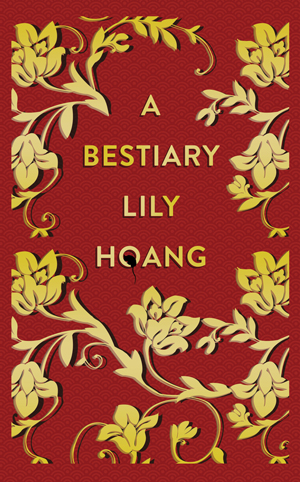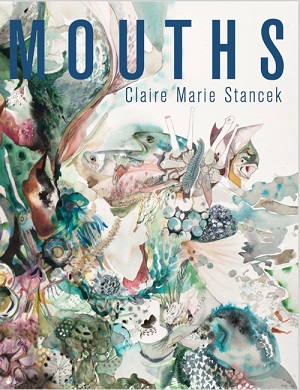 Mouths, by Claire Marie Stancek
Mouths, by Claire Marie Stancek
Review by Kamden Hilliard
Stancek’s MOUTHS is, well, mouthy: obsessed with the physics, politics, violences, psychologies, and musics of the oral. This mouthyness, though, is still concerned with its craft—it abilities and inabilities to say. In an early poem, “Moth,” she reflects on the language we’ve been left. In this poem “The moths
…press mouthless faces to the books
and the books crumble into new languageeaten having eaten this a language and this is what remains this is remains
These ‘remains’ recall Wallace Stevens’ obsession with “a new knowledge of reality”[1]. Stancek, too, seems invested in a ‘new knowledge,’ one divested from the violences of “a language of war and difference… a language that expands and takes over other smaller languages.”[2]
As she pushes from the normative bends of syntax and diction, her poems swim toward a knowledge that is associative, cumulative, and transhistorical. The syntax of MOUTHS is anti-syntactical, post-structural, yet, oddly familiar. In some ways, MOUTHS, speaks in quotes, references, inside jokes, and paraphrases in that particularly modern way which often substitutes the speaker’s own voice for allegiance with texts outside of the speaker. The movement is not directional but revisionary, constantly considering and redressing itself on the page. The opening poem, “Swarm” teaches the reader of these twists
revolt turning too into skin & skin
swarming warm arm arc ark
“Swarming,” devolves to “warm,” which in turn devolves to “arm,” then sonically darts to “arc” and “ark.” Similarly, a series of poems in the first section (“HUMAN WHAT THIRST COULD DRAIN YOU”)— “Moth,” “Root,” “Wind,” and “Warm”— all open on a string of associative mutations, “Moth,” sings out a litany of old, middle, and muddled English terms for mouth– “mouthe, mowth, mowthe, moth, moighte”. Yet, Staneck is not satisfied with play in abstraction—the poems consistently ground the reader with the desperate pragmatism of daily life “in sidewalk chalk, blue blurry with dew…”.
This collection centers itself “in the shadowy realms of music, half-phrases / of songs and their moods…” and the track list is Whitmanesque in variance. Among the intertextual addresses are Lil Wayne, Lil Kim, Milton, Keats, Drake, Whitman, Bhanu Kapil, Brandon Shimoda, Shane McCrae, Fred Moten, and TC Tolbert. At their most effective they swim up into the line, as if destined to express what the poet knows, wants, but fails to voice. At their more complicated (and possibly critical) moments, the poems sound like someone you might know—using a Drake line in conversation, not to quote Drake, exactly, but perhaps, to access a feeling offered by Drake’s social space. In this way, the poems mouth through themselves. They work to arrange a sequence of meaning out of the detritus of this society, this earth.
Stancek’s poetics embrace a kind of bricoleurism as reality and navigate physical, emotional, and linguistic landscapes best they can. The poems know that “what is it to hold but to echo?” and respond with a breathless kind of pleading. There is an impossibility of linear time that makes mouthing unsatisfying, yet, “repetition again intervenes / in time”. She continues:
The repetition makes time and wastes time. Time sticks on the line, running forwards and backwards…
Later, in the same section, she elaborates,
Is standing and waiting what repetition is trying to effect? A way outside speed and time? Both Drake and Milton linger on the line ends, dragging the line on and asking it to be longer—Drake through repetition, and Milton through enjambment. Even still, it’s time that poets beg for…
It feels disingenuous to ask why one would “beg” for time. We all beg for time. We beg to be understood and to understand others all the while sensing the possible (inevitable?) failures. In “half-life,” the speaker’s date is “crying / and hyperventilating in bed and need[s] to cancel” while the speaker “becomes thick with goosebumps”. There are no individual failures in these poems, but failures of structure, sound, syntax, symbol “and after the end of human life, / what ephemera remain”. This talk of failure lends to a convenient, apocalyptic reading of the landscape where “shadows below showed little difference between life and live”. Staneck advises: “Find a buyer or be / sold Approach with the purpose of attacking,” which, regardless of the collection’s limitations, insists upon survival.
Wallace Stevens, along with Whitman (who haunts “Green”), occupies a vast and problematic parcel of the American literary landscape. Stevens has been written about and at and around, but Terrance Hayes, in his “Snow for Wallace Stevens,” does a particularly complicated justice, writing
Who is not more than his limitations?
Who is not the blood in a wine barrel
and the wine as well? I too, having lost faith
in language, have placed my faith in language.
Thus, I have a capacity for love without
forgiveness…[3]
These complicated, gifted figures populate much of modern poetry and it is the duty (one of many duties) of the poet to reckon with these complications alongside their own positionality. Stancek is invested in a revolutionary, activist poetics that begs its readers to question the varied quirks of reality and what one might do with, against, through them. Yet, the collection often feels un-raced. The mouth is an abstract, often non-human thing, yet when we consider the human mouth, one does wonder on the raced mouth. Who has access to the kind of joyful, poetic deviance at work in MOUTHS? This is unclear. The reader, then, must engage in the kind of reading championed by Hayes in “Snow for Wallace Stevens,” that considers the (im)possibility of “limitations.” Stancek almost sings her reader out of the English language, its syntaxes, its structural violences, and its insistence on narrative control. This book balances critical theory and an experimental poetics with a dexterity that is sure to draw admiration, disdain, confusion, and pleasure. Yet Staneck is terribly relatable, especially in those vulnerable, honest, human moments:
Please give me time
And by me, I mean us. And by us I mean: you, you, you
I want to believe her. I do.
[1] from Stevens’ poem “Not Ideas About the Thing But the Thing Itself”
[2] from Staneck’s interview with The Daily Californian (http://www.dailycal.org/2015/02/12/poet-teacher-claire-stancek-talks-power-words-mouths/)
[3] Hayes’ “Snow for Wallace Stevens,” was originally published in Lighthead
Mouths is available now through Noemi Press.
Kamden is a reader at Gigantic Sequins, an editor at Jellyfish Magazine, and goes by Kam. They got posi vibes from The Ucross Foundation, The Davidson Institute, and Callaloo. The author of two chapbooks: DISTRESS TOLERANCE (Magic Helicopter Press, 2016) and PERCEIVED DISTANCE FROM IMPACT (Black Lawrence Press, 2017), Kam stays busy. Find their work in The Black Warrior Review, West Branch, Salt Hill, and other sunspots.

 Inside V, by Paula Priamos
Inside V, by Paula Priamos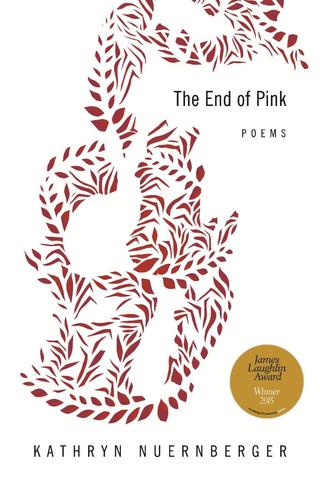 The End of Pink by Kathryn Nuernberger
The End of Pink by Kathryn Nuernberger c by Kelly Schirmann
c by Kelly Schirmann
 Sing the Song, by Meredith Alling
Sing the Song, by Meredith Alling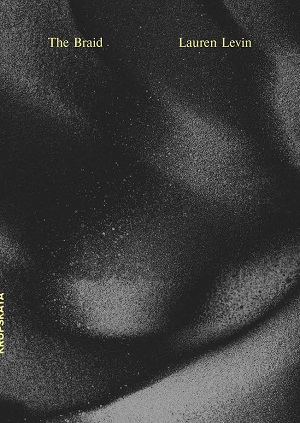 The Braid, by Lauren Levin
The Braid, by Lauren Levin Storm Toward Morning, by Malachi Black
Storm Toward Morning, by Malachi Black
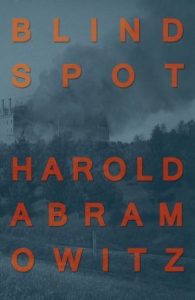 Blind Spot, by Harold Abramowitz
Blind Spot, by Harold Abramowitz